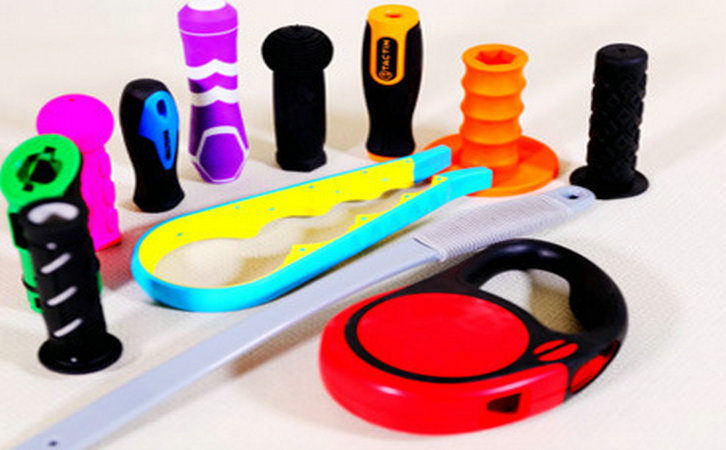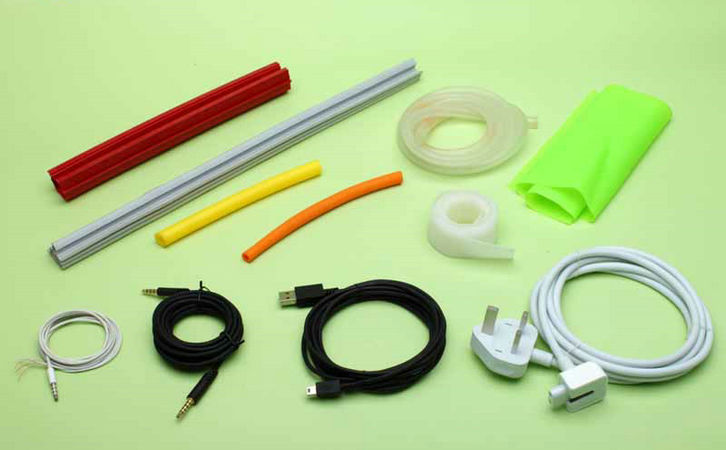What Causes TPE Shrinkage and Sink Marks?
If you’ve ever held a freshly molded TPE (Thermoplastic Elastomer) part only to notice unsightly dents or uneven surfaces, you’re likely dealing with shrinkage and sink marks. As someone who’s spent years troubleshooting polymer processing issues, I know how frustrating this can be. These defects not only ruin the aesthetics of a product but can […]
What Causes TPE Shrinkage and Sink Marks? Read More »





